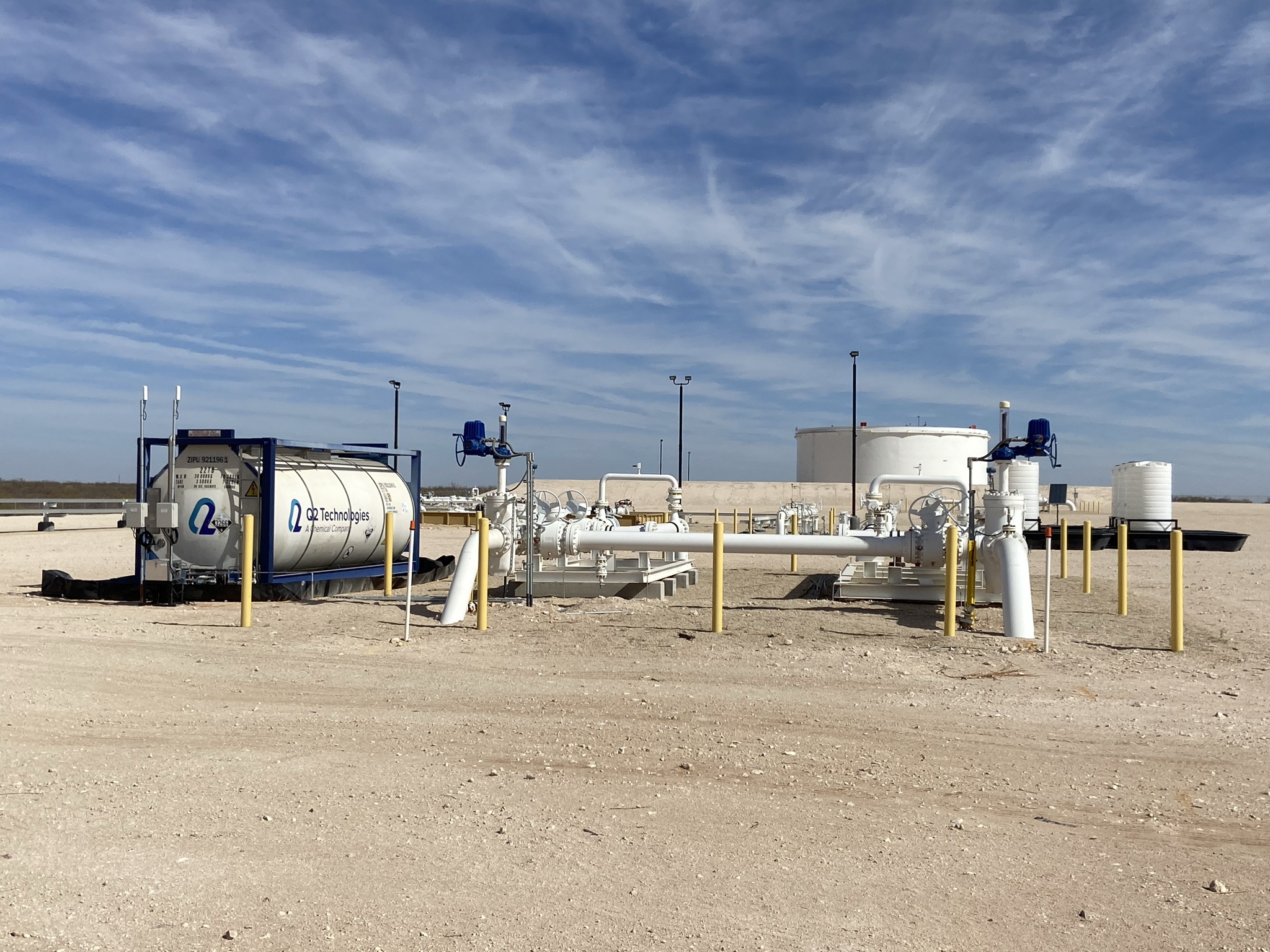There are several choices when it comes to treating mercaptans. Since mercaptans are highly complex branched sulfur-based hydrocarbon chains, treating them may require expensive solvents and scavengers, making it quite costly; not to mention that if treated with amine-based scavengers, dealing with fouling and corrosion is another expense to add. These factors were the impetus for developing ProM® for our clients, a mercaptan-treating product for meeting specs economically without having to deal with the effects of amine-based scavengers. By treating with ProM®, one can optimize the treatment process which can minimize the need for expensive blend stock or can even eliminate it. In this blog, we want to show you how our ProM® works and why it’s been a game changer for our clients.
What is ProM®?
ProM® is a mercaptan Scavenger. It has been specifically engineered to use non-triazine, non-amine based chemicals, which makes it safe to be used at refineries. This mercaptan removal technology is effective against Methyl, Ethyl, Isopropyl, Tert-Butyl, n-Propyl, sec-Butyl, Isobutyl, and n-Butyl mercaptans, just to name a few.
How does it work?
As we mentioned, unlike H2S, mercaptans are highly complex branched sulfur-based hydrocarbon chains, so they require lab analysis to determine treatment approach. Let’s say you are considering ProM® as an option, in order to know how much product your specific project needs, we would follow these steps:
- First, a lab analysis using method UOP163 and ASTM – D5623 is required to determine the mercaptan levels in ppm/w or the full speciation, respectively.
- Once analyzed, the appropriate dosing of ProM® chemical is determined.
- Then, we inject the product. Injecting on the suction side of the discharge pump allows for excellent contact and churn, ensuring the reaction is effective. The confluence of the chemical in Crude Oil ensures efficient mixture and treatment.
- Finally, a test confirms that quality spec has been reached and the vessel may proceed.

Process for determining ProM® dose.
Mercaptan removal allows for better net back pricing on the barrel while meeting safety standards and protecting assets.
A real life example
A 50,000 bpd condensate splitter was facing fouling issues from MEA-Triazine. Also, they were using very high volumes of MEA-Triazine and still failed to reach crude oil mercaptan specification. As if this wasn’t enough, the terminal was required to blend down various types of crude oil from different storage tanks to achieve a mercaptan specification ranging from 2-5 ppm.
We’d seen that before, so we recommended ProM® to meet mercaptan specifications at the terminal to reduce the amount of blending required and reduce fouling and corrosion problems at neighboring condensate splitters. The results? ProM® chemistry allowed the customer to meet mercaptan specifications that MEA-Triazine was unable to reach. Here’s a link to this case study for your reference.
Why Choose ProM® for Mercaptan Removal?
Lately we’ve been seeing increasing interest on this type of treatment because as we all know, everything keeps evolving, there’s no need to sacrifice one thing or the other anymore, by using ProM® you can:
- Meet specs
- Protect your assets
- Reduce or even eliminate the need for expensive blend stock
- Get better net back pricing on your barrel
- keep your costs in line
If you are looking for this type of solution, we’ll be happy to help, give us a call or send us an email.







